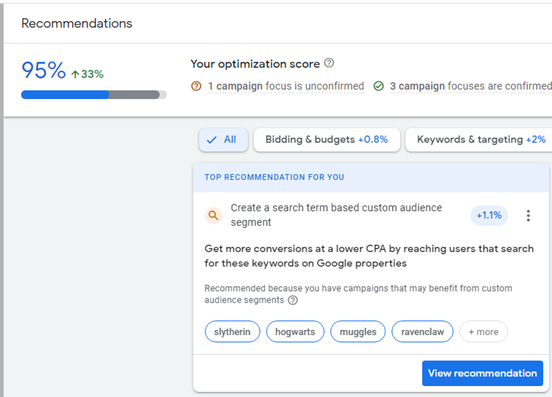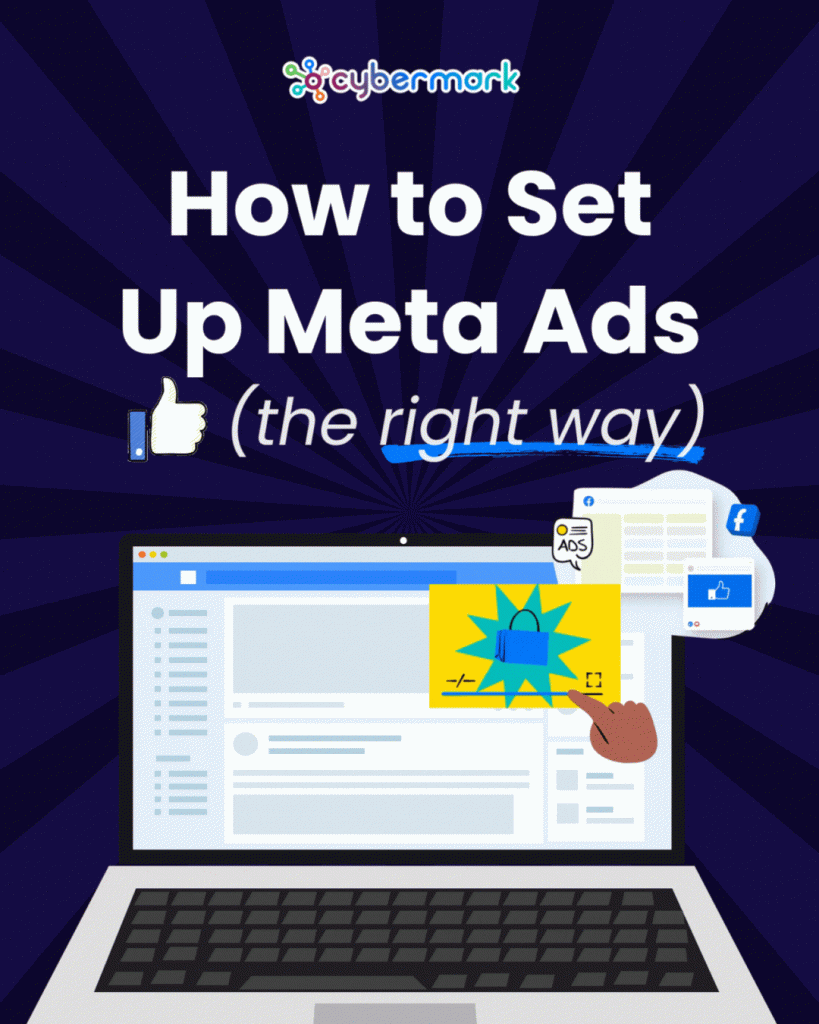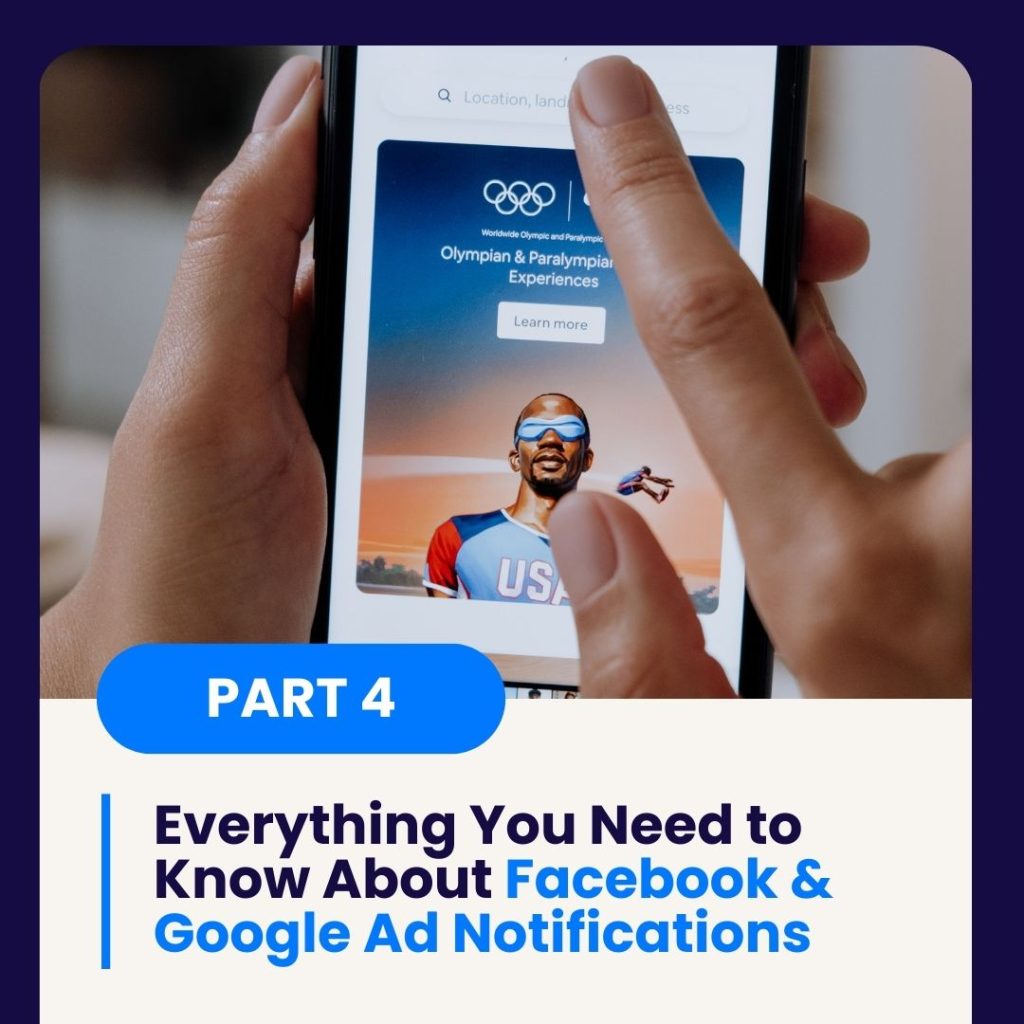Demystifying Performance Updates: Helpful or Just Hype?
We’ve already covered Ad Rejections and Budget Suggestions, showing you how our team handles these “urgent” notifications so you can focus on running your business. Now it’s time to demystify another type of alert that loves to clog your inbox: Performance Updates.
These notifications can seem helpful—or downright alarming. They’ll say things like: “Your campaign isn’t performing as expected! Take action to improve results.”
Or: “Good news! Your ad is performing better than similar campaigns.”
But do you really need to act on them? Spoiler alert: you don’t. Here’s why.
Why You See It
These notifications are designed to push you to interact with the platform more often. Performance updates are powered by algorithms tracking metrics like click-through rates (CTR), impressions, or conversions. However, they lack two critical components: context and strategy.
For example:
- Did the campaign goals focus on brand awareness instead of clicks?
- Are conversions happening later in the customer journey, like on a different campaign?
- Is the data window too narrow, missing long-term trends?
The algorithm doesn’t know (or care) about your big-picture marketing objectives. But your dedicated marketing specialist does. They monitor your campaigns, analyze key performance metrics, and act based on what actually aligns with your goals.
Why You Can Ignore It
Performance updates are often generic or overly simplified, and overreacting to them can create chaos. Let’s break down the pitfalls of taking them at face value:
- Short-Term Thinking: These updates often reflect short-term fluctuations that aren’t significant in the grand scheme.
- Misleading Comparisons: Ever seen “better than similar campaigns”? Similar how? Similar where? Without transparency, it’s useless information.
- Premature Panic: An algorithm flagging “low performance” today might actually overlook a seasonal dip or a campaign with long-term goals.
Our team cuts through the noise and responds only when performance updates truly need attention. The result? Campaigns that are optimized strategically, not reactively.
The Platforms’ Official Stance
These notifications typically encourage you to make changes like:
- Updating creative or headlines.
- Changing targeting parameters.
- Adding budget to high-performing ads.
While these suggestions may sound actionable, platforms admit their recommendations are based on limited automated insights. This is why understanding why your campaign exists is far more important than chasing metrics in isolation.
The Google Optimization Score
A Google Ads optimization score leverages advanced AI and machine learning to assess your account’s performance potential, providing an overall health score. This score is measured on a scale from 0% to 100%, with 100% indicating no further improvements are identified by Google’s machine learning. Essentially, the higher the score, the more profitable your account is expected to be long-term. The score is broken down into three levels: Campaign, Account, and Manager.
Along with the score, Google provides a list of recommendations to help you further optimize your ads and account. You can increase your score by opting into Google’s recommendations (or dismissing recommendations that are not relevant).
Keeping your health bar at 100% is great, but it’s not always realistic, and you might end up wasting valuable resources to get there. The same goes for your Google Ads optimization score—you don’t need to hit 100% for your campaign to be successful. Most accounts usually sit around 80%. You can work to push that higher, but sometimes that just leads to overspending on your Google Ads.
Drawbacks of the Google Optimization Score
Google Ads optimization scores and recommendations can be super helpful—but let’s be real, they’re not perfect. To keep things honest, here are a few common pitfalls to watch out for:
🔍 Getting too hung up on the optimization score can leave you missing key performance metrics, especially important KPIs.
📉 Since Google bases its suggestions on past data, a rough patch in recent results could lead to advice that actually hurts your campaign.
💸 To boost impression share, Google might suggest upping your CPC bid—which can quickly drive up your ad spend.
The Mismatched Magic
Sometimes, optimization score notifications deliver advice that ranges from hilarious to head-scratching. Here’s a recommendation that Google shared for a local beauty salon:

Notification: “Your optimization score is low! Create a search term based custom audience segment for “slytherin”, “hogwarts”, “muggles”
Reality: This is an actual recommendation we received for—a beauty salon. Unless there’s a secret underground market for wizard-approved beauty services, we’ll go ahead and skip this recommendation.
How CyberMark Navigates Performance Updates
When you trust CyberMark to manage your campaigns, you can rest easy knowing we:
- Track Goals, Not Alerts: Performance updates are just noise without context. Our specialists focus on your specific KPIs to ensure campaigns deliver real value.
- Distinguish Trends from Blips: We analyze whether a drop—or spike—is significant or just a fluke.
- Make Data-Driven Decisions: We optimize your campaigns with strategic insights, not surface-level notifications.
With us on your team, these alerts become one less thing on your to-do list—and that’s always a good thing!
Up Next: Feature Rollouts and Policy Updates
Stay tuned as we explore the next notification type that you don’t need to stress about: Feature Rollouts and Policy Updates—and how we keep you informed without the overwhelm.
Stressed out trying to manage your own campaigns and all of the notifications? Let’s set up a time to talk!






